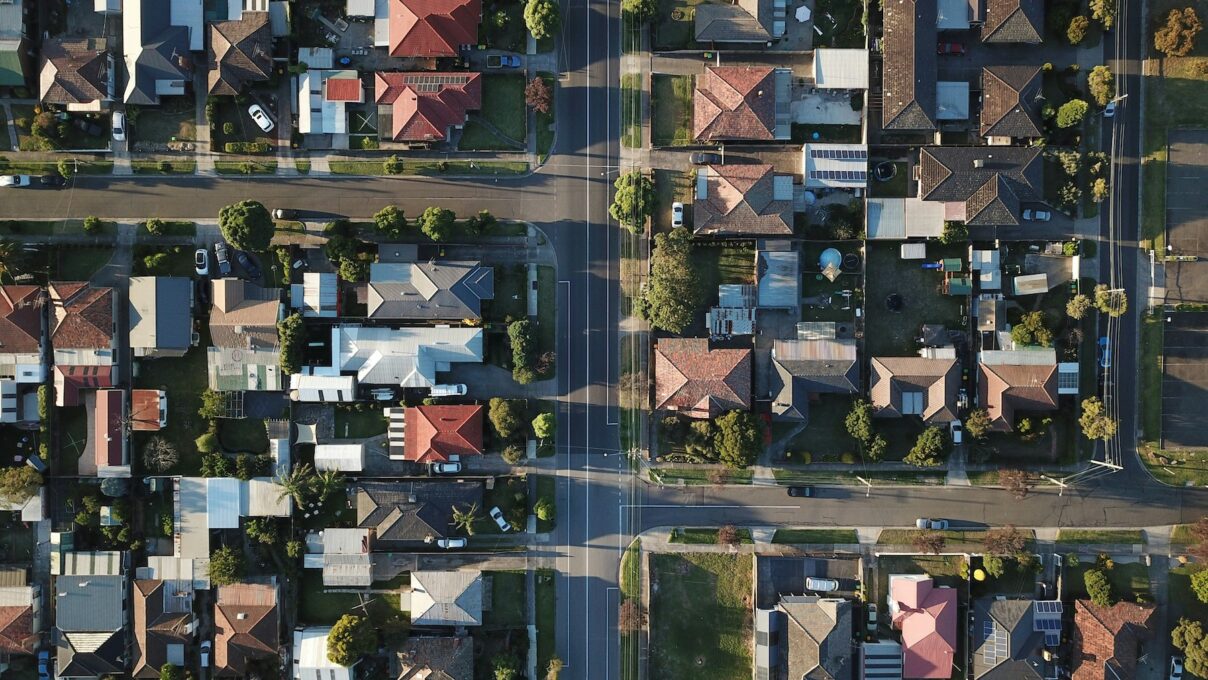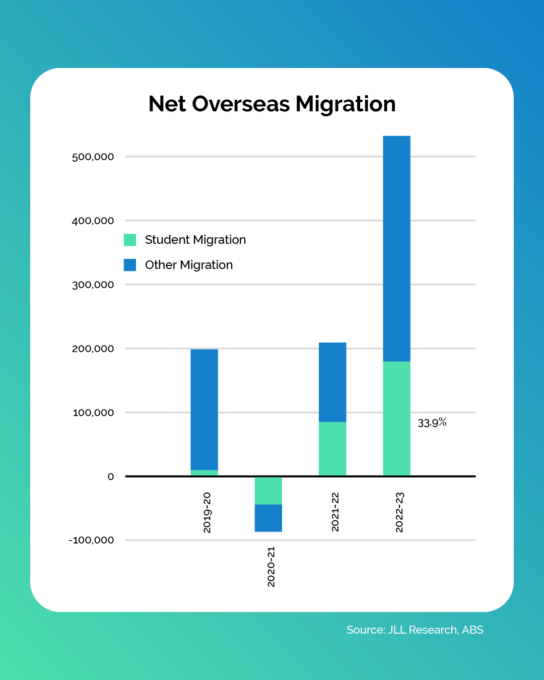Melbourne, known for its vibrant culture, prestigious universities, and diverse community, attracts thousands of students from around the world every year. However, beneath its appealing surface lies a pressing issue: a student housing crisis. In this blog, we’ll delve into the challenges faced by students seeking accommodation in Melbourne and explore potential solutions to alleviate this crisis.

Melbourne is a great location to live as an international student for a myriad of reasons. However, it is no surprise the demand for student housing options is decreasing due to the sheer popularity of the city itself. Melbourne’s housing crisis is very apparent, and in turn, is affecting international students’ housing in Melbourne. We’d like to give you a rundown of the current situation, as well as some ideas on how to best tackle it.
Melbourne’s student population has been steadily increasing over the years, driven by the city’s renowned educational institutions such as the University of Melbourne, RMIT University, and Monash University. Despite this growth, the supply of affordable and accessible student accommodation has somewhat failed to keep pace. The unfortunate truth is the current rental market is having serious impacts on students across Australia, particularly in Melbourne.
The housing market in Melbourne is confronting a severe crisis, marked by a serious decline in home prices alongside escalating rents and a notable affordability disparity for potential buyers. The combination of rapid population expansion and stagnant wages has worsened the housing shortage, resulting in heightened rental pressure and homelessness within the city.
Rising Rental Costs and “Hot bedding”
One of the primary challenges students encounter in Melbourne is the exorbitant cost of rental accommodation. With rental prices soaring in popular student neighbourhoods like Carlton, Brunswick, and Parkville, many students struggle to find affordable options within their budgets. This is forcing international students to stay in sub-par accommodation and quality and safety become major concerns. Substandard living conditions, overcrowding, and lack of maintenance are prevalent issues faced by students in shared rental accommodations.
Situations like “hot bedding” are becoming the norm in Melbourne, where international students are paying to rent the room of someone and split the rent. This roommate for example might work night shifts and the student can use the bed to sleep whilst they’re at work. It is a concerning yet normal trend that is only increasing due to soaring rental prices that are unachievable.
Population Growth and Trend of Remote Work
The surge in migration and a decrease in average household size are major contributors to the rent crisis, placing considerable strain on Melbourne’s housing supply. Additionally, the Reserve Bank has underscored a heightened demand for floor space stemming from the growing trend of remote work.

Limited Availability of PBSAs
Another significant issue is the limited availability of purpose-built student accommodation (PBSA) and university-owned housing. While PBSAs offer modern facilities and amenities tailored to student needs, they often come with hefty price tags, making them unaffordable for many. Additionally, university-owned housing is in high demand and has long waiting lists, leaving numerous students without viable housing options. International students in particular are left with no options other than private rentals, along with many other residents in the city.
Commuting Challenges
The lack of affordable housing close to universities is also forcing many students to endure long and costly commutes from distant suburbs. This not only adds to their financial burden but can also affect their academic performance and overall well-being, as they spend valuable time and energy on traveling instead of studying or engaging in extracurricular activities.
Potential Solutions to the Student Housing Crisis in Melbourne
Addressing the student housing crisis in Melbourne requires a multi-faceted approach involving collaboration between government bodies, educational institutions, and the private sector. Here are some potential solutions to consider:
Increase the Supply of Affordable Housing
Efforts should be made to incentivize the development of affordable student accommodation options, including PBSAs, by offering subsidies, tax breaks, or streamlined approval processes for developers. Collaborations between universities and private developers can also lead to the construction of more purpose-built student housing at reasonable rates.
Enhance Regulatory Measures
Stricter regulations and enforcement mechanisms are needed to ensure that rental properties meet basic standards of safety and quality. Landlord licensing schemes, regular inspections, and penalties for non-compliance can help improve the living conditions for students renting in the private market.
Foster Community Partnerships
Engaging local communities and businesses in addressing the student housing crisis can lead to innovative solutions. Initiatives like homestay programs, where local families host international students, can provide affordable housing options while promoting cultural exchange and community integration.
Student accommodation at The Switch
The Switch is an affordable and modern student accommodation located in cities right across Australia. It is a great option for those wanting to experience student and shared accommodation in good locations for a great price. The Switch has everything you need and for an international student, it is the perfect place to settle into a big, new city. The facilities are all on-site, including common areas, a gym, and physical activity areas, all for a great price. It is a favourable option for international students, especially in cities like Melbourne where student rental situations are proving more and more of a challenge. Book a free tour today to find out if you like it!
The student housing crisis in Melbourne is a complex issue that requires coordinated efforts from various stakeholders to find sustainable solutions. By addressing challenges such as rising rental costs, limited availability and quality concerns, a more inclusive and supportive environment can be created for students pursuing their education in this vibrant city.





















